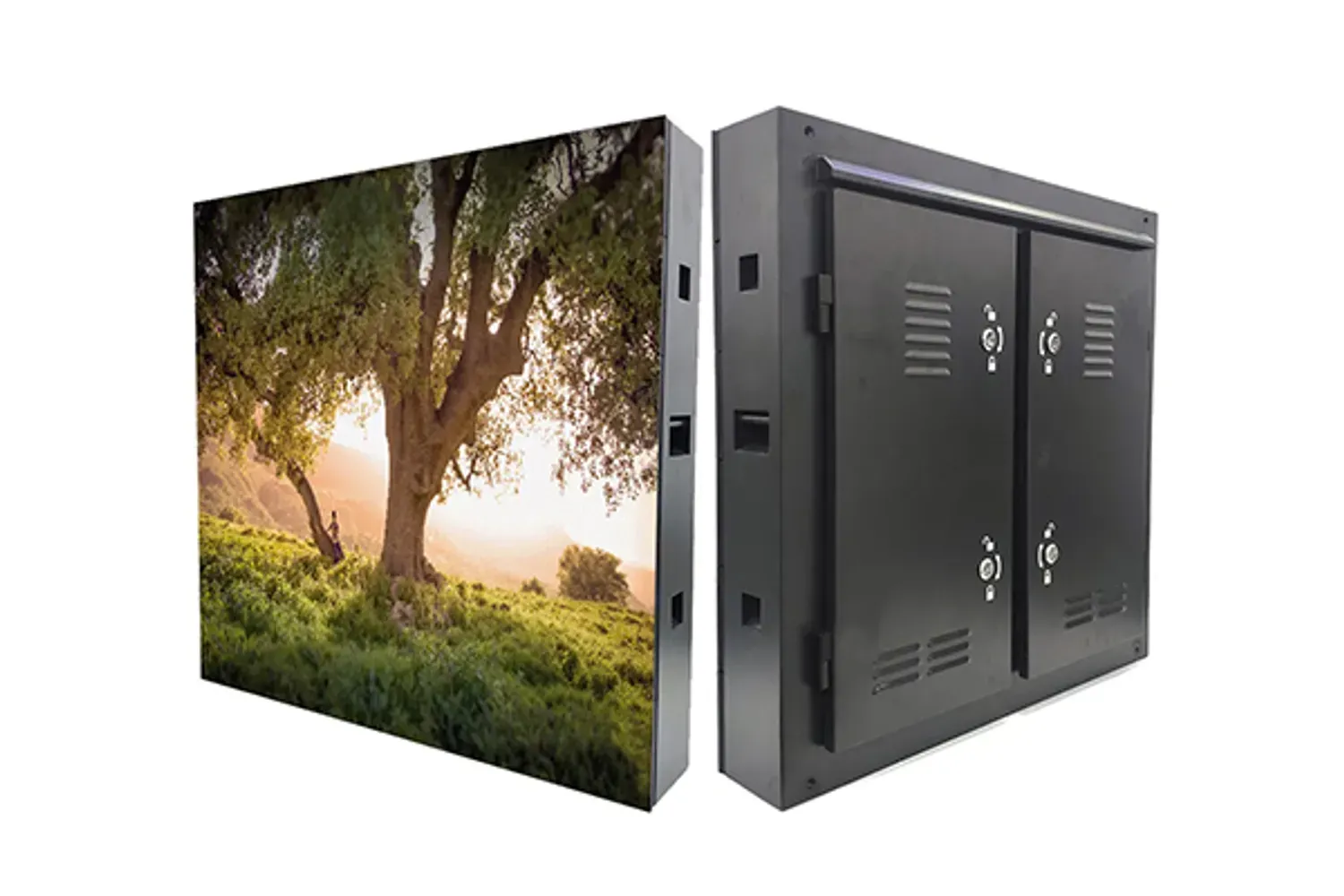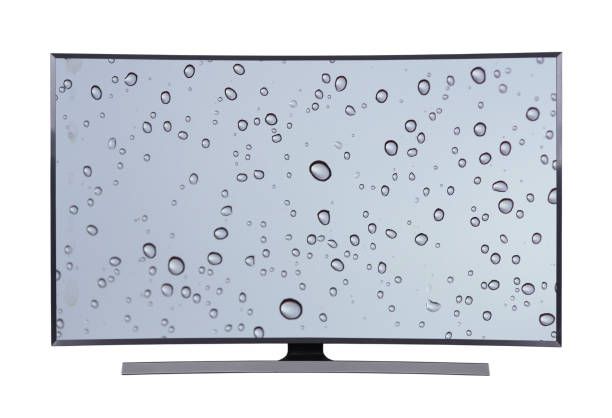
Get a Quote
What Happens if a Big LED Screen Gets Wet?
Understanding LED Screens
LED screens, short for Light Emitting Diode screens, are marvels of modern display technology. They consist of an array of tiny LEDs arranged in a grid pattern, each capable of emitting its own light when energized. This arrangement allows for precise control over color accuracy and brightness, resulting in crisp and vivid visuals. Moreover, LED screens boast optimal brightness levels and contrast ratios, adapting seamlessly to various lighting conditions while remaining energy-efficient.
The Effects of Water on LED Screens
Water damage is a significant concern, especially for LED screens installed in outdoor environments where exposure to moisture is inevitable. When water infiltrates the intricate components of an LED screen, it can lead to various detrimental effects, compromising both performance and longevity.
Common effects of water damage include:
- Short circuiting: Water is a conductor of electricity, posing a risk of short circuits within the internal circuits of LED screens. This can result in malfunctions and irreparable damage to electronic components.
- Corrosion of metal components: The presence of water can cause metal contacts and tools within the LED screen to corrode over time. This corrosion weakens connections, leading to performance issues and eventual screen failure.
- Distorted images: Water droplets on the surface of an LED screen can create diffraction patterns, altering the movement of light and causing images to appear blurred or distorted.
- Decrease in brightness and clarity: Water droplets on the screen's surface scatter light, diminishing brightness and clarity. This can impair visibility, especially in bright environments.
- Loss of control over screen functions: Water infiltration can affect the screen's circuitry, causing buttons, switches, and touch-sensitive controls to malfunction. This compromises the user's ability to operate the screen effectively.
- Moisture retention in LED layers: In some instances, water may penetrate different layers of the LED panel, such as the backlight unit and LCD layer. This moisture retention can lead to fogging, color distortion, and a decline in visual clarity over time.
- Complete screen failure: In rare cases of severe water damage or prolonged exposure, LED screens may experience irreversible damage to critical electronic components, resulting in complete screen failure.
Precautionary Measures for Water Intake
To mitigate the risk of water damage, several precautionary measures can be taken to safeguard LED screens, particularly those used in outdoor environments.
Installation of Waterproof Enclosures
Installing LED screens within waterproof enclosures provides an added layer of protection against moisture infiltration. These enclosures shield the screens from rain, splashes, and other environmental hazards, preserving their functionality and longevity.
Sealing Gaps Tightly
Ensuring tight seals on ports, connection slots, and other openings prevents water from seeping into the screen's enclosure. Utilizing sealants, gaskets, or other appropriate techniques helps maintain the integrity of the enclosure and prevents water ingress.
Consideration of Waterproof Screen Options
Opting for LED screens with Ingress Protection (IP) ratings indicates their level of protection against dust and moisture. Choosing screens with higher IP ratings enhances their resilience to water damage, making them suitable for outdoor use in various weather conditions.
Regular Maintenance Checks
Implementing routine maintenance checks is essential for identifying and addressing potential water damage issues promptly. Regular inspections allow for early detection of any signs of water intrusion, enabling timely interventions to prevent further damage.
Usage of Protective Shields and Covers
Employing protective shields or covers for outdoor LED screens offers additional defense against water and other environmental hazards. These shields provide an extra barrier of protection when the screens are not in use, prolonging their lifespan and preserving their performance.
Installation of Environmental Monitoring Systems
Deploying environmental monitoring systems helps track factors like humidity levels, temperature fluctuations, and other conditions that may contribute to water damage. By monitoring these variables, proactive measures can be taken to mitigate risks and ensure the longevity of LED screens.
Remedial Steps for Water Damage
In the event of water damage to an LED screen, prompt action is crucial to mitigate further harm and restore functionality. Follow these remedial steps to address water damage effectively:
Immediate Actions
- Turning Off the Screen: Immediately power off the LED screen to prevent electrical damage and short circuits.
- Disconnecting from Power Source: Safely disconnect the screen from the power source to eliminate the risk of electric shock.
- Wiping off Surface Water Gently: Use a soft cloth or towel to gently wipe off any surface water from the screen, avoiding further spread to internal components.
Drying Methods
- Using Compressed Air or a Hairdryer: Employ compressed air or set a hairdryer to a low temperature to dry out the internal components. Ensure proper ventilation by directing airflow towards openings and vents.
- Opening Enclosures for Better Ventilation: If feasible, open the screen's enclosures to facilitate airflow and expedite drying.
- Utilizing Desiccants or Silica Gel Packets: Place desiccants or silica gel packets near the screen to absorb moisture and aid in the drying process.
Inspection of Components
Thoroughly inspect the screen's components for signs of water damage, such as corrosion, moisture buildup, or changes in color. Pay close attention to sensitive areas like circuit boards and connectors.
Patience and Reassembly
Exercise patience and allow sufficient time for all components to dry completely. Avoid rushing the reassembly process to prevent potential damage or malfunctions.
Testing Screen Functionality
After ensuring that all components are dry, carefully reassemble the LED screen and reconnect it to the power source. Test the screen's functionality to ensure that it operates properly without any issues.
Conclusion
Addressing water damage to LED screens is critical for maintaining their performance and longevity. By taking preventive measures and following remedial steps, you can minimize the impact of water damage and preserve the integrity of your LED display.
At EACHINLED, we are committed to providing high-quality LED display solutions that withstand the challenges of various environments, including exposure to water. Our LED screens are meticulously designed and constructed to withstand moisture and other environmental factors, ensuring reliable performance even in adverse conditions.
Discover the difference with EACHINLED LED displays and elevate your visual communication to new heights. Contact us today to explore our comprehensive range of LED solutions tailored to meet your specific requirements.


